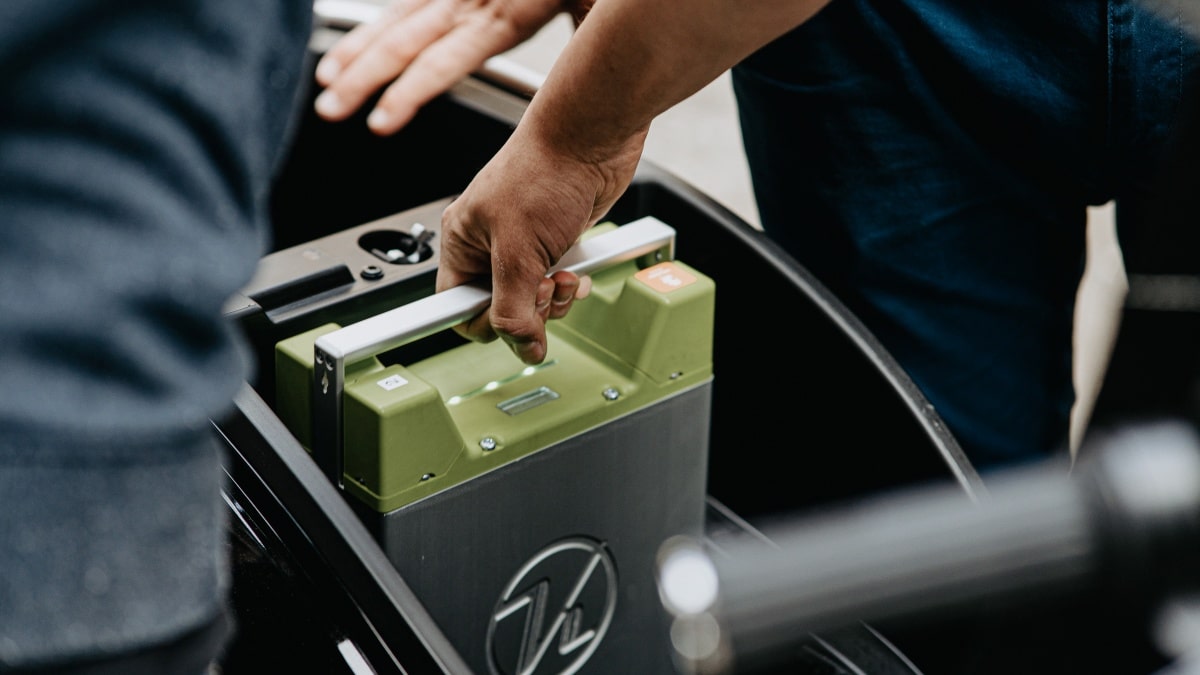
China continues development of circular battery economy
894 days ago
3 minutes
Source: electrive
Global electric vehicle usage continues to rise, and with it, potential battery waste. Changes to legislation in China provide a case study for other countries wishing to alter the life cycle of their batteries.
China is the world’s single largest early adopter of electric vehicles. Alongside this wave of new technology are new challenges, including an enormous quantity of batteries that must be reused or recycled. Over the last 6 months, China has seen a series of new directives that act to build upon existing battery reuse and recycling schemes, industry, and infrastructure. The success of these initiatives over the coming months and years will provide crucial insight into how other countries can improve battery usage and secure a more environmentally conscious future for electric vehicles.
During 2021, 3.3 million new energy vehicles (NEVs) were sold in China; these include purely battery, hybrid, plug-in hybrid, and hydrogen fuel cell vehicles. This number does not account for the millions of electric bikes and mopeds additionally sold during the period. The Ministry of Industry and Information Technology (MIIT) now aims to ensure greater environmental protection, improved resource utilization, and healthy NEV development through new directives. The battery recycling market in China is estimated to reach 3.59 billion euros by 2025.
Battery reuse – a sustainable ladder
After an operating period of 4-6 years, electric vehicle batteries operate at a capacity below 80%, becoming unfit for the original intended use. Here the second life ‘ladder’ utilized by China comes into action, moving batteries into slower electric vehicles, and eventually, stationary energy storage units. The policy is referred to as ‘most urgent use first’, with older batteries descending the ladder as their performance degrades.
Battery recycling – the ins and outs
At present, there are 47 whitelisted battery recycling companies in China, with two firms – Brunp and GEM representing 50% of official operation. Operating unofficially, a plethora of smaller businesses offering cheaper rates also exist, though may operate in a wasteful, or harmful way.
However, while there is seemingly plenty of activity, only 30-40% of battery materials are estimated to be recycled. The relatively new industry is still finding its footing. In an ideal scenario, once all aspects are streamlined, there is a possibility for 80% of components in many battery types to be recycled.
New directives to kickstart a recycling revolution (2018-2021)
China’s first regulations in 2018 made automakers responsible for the recycling of batteries in their vehicles and promoted an ‘internet + recycling’ business model, facilitating the flow of second-life batteries.
2021’s 5-year plan sees a renewed focus on the electric transport industry in all aspects and lays the foundation for a complete battery recycling system by 2025, representing a more circular battery economy. For region-specific initiatives and specific directives, click here.

LEVA EU
Campaign success
Lorem ipsum dolor sit amet, consectetur adipisicing elit, sed do eiusmod tempor incididunt ut labore et dolore magna aliqua.
Member profile
Lorem ipsum dolor sit amet, consectetur adipisicing elit, sed do eiusmod tempor incididunt ut labore et dolore magna aliqua.
